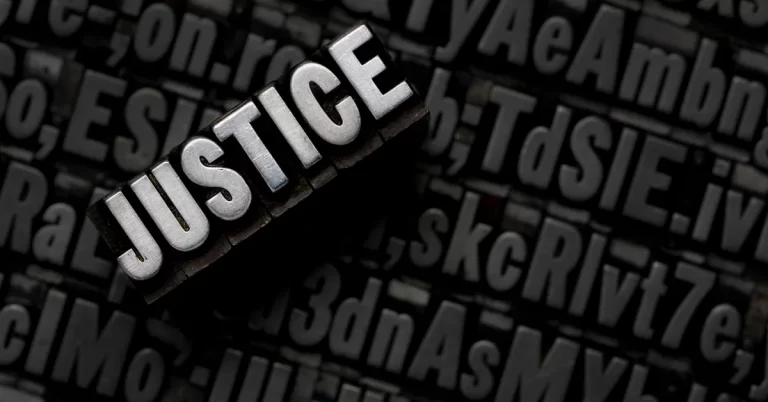From Circuit Boards to Case Files: The Unlikely Path I Took Through Stanford
When I arrived at Stanford, my future seemed wonderfully, predictably technical.
I was going to build things. Clever things. Useful things. Things that blinked and whirred and processed data at impressive speeds. I’d write elegant code, wrangle neural networks into submission, and quite possibly attach sensors to objects that had existed perfectly fine without them for centuries.
For a while, that’s exactly what I did—immersed in labs, surrounded by hardware, debugging until the early hours, and experiencing that particular blend of frustration and euphoria that comes from finally making something work.
But somewhere between calibrating PET scanners and training algorithms to critique CPR technique, I found myself increasingly drawn to a question that wasn’t on any of my problem sets:
Not just how do we build this?
But how do we protect it?
That shift—from focused on creation to curious about preservation—changed everything about my path.
Year One: The Deep End (Complete with MATLAB and Existential Doubt)
Freshman year, I made what seemed like a reasonable decision at the time: joining a radiology research lab despite having approximately zero qualifications to do so.
In retrospect, it was like deciding to learn to swim by jumping into the Pacific. I was surrounded by PhDs discussing things I pretended to understand while nodding thoughtfully. My project involved motion correction in PET scans—technology that required precision down to the submillimeter range. While my peers were figuring out how to do laundry without turning everything pink, I was struggling with camera calibration matrices in MATLAB and trying not to break equipment worth more than my entire education.
But beneath the technical overwhelm was something simple and compelling: this mattered to real people. Cleaner scans meant better diagnoses. Better diagnoses meant better treatment. The technical challenge had human stakes.
So I stayed. I learned. I gradually stopped having to Google basic terms during lab meetings. And somewhere in the struggle, I found my footing.
Year Two: The Model (and the Subtle Shift)
By sophomore year, I had progressed to working on 3D cardiovascular simulations—a phrase I still can’t say without feeling like I’m describing someone else’s life. I built a toolkit that visualized MRI data in virtual reality, which sounds impressive until you realize how many times I had to fix bugs that made anatomically correct hearts do anatomically impossible things.
But between coding sessions and debugging marathons, something unexpected was happening. My curiosity was shifting sideways:
I was becoming just as interested in the context of these tools as I was in their function.
I’d implement a feature and then wonder: Who owns this algorithm?
I’d help design a visualization method and think: Is this approach novel enough to protect?
I started reading papers about intellectual property law with the same intensity I once reserved for documentation on signal processing.
This wasn’t what I had planned. But it felt like discovering a room in a house I thought I already knew completely.
Year Three: The Turn
Eventually, I made a decision that puzzled many of my technically-minded friends: instead of accepting a full-time software engineering role, I joined a law firm as a patent technical specialist.
The transition was disorienting at first—like suddenly switching from writing in Python to writing in Portuguese in the middle of a project. I went from commit messages and code reviews to office actions and claim constructions. The vocabulary changed completely. The goals shifted. The metrics for success transformed.
But underneath the surface differences, the work felt strangely familiar:
You’re still solving puzzles, just with different pieces.
You’re still debugging, just ideas instead of code.
You’re still building something designed to withstand pressure and edge cases.
Only now, the pressure comes from legal scrutiny rather than computational constraints. The edge cases involve statutory interpretation rather than unexpected user inputs. The system you’re building needs to protect innovation rather than implement it.
The Unexpected Fit
Becoming a patent agent felt like accidentally discovering a career that had been custom-designed for the particular way my brain works.
It brought together everything I found satisfying:
- The meticulous attention to detail needed in programming
- The systematic thinking required for effective system design
- The empathy necessary to truly understand someone else’s problem
- The precision of technical writing with actual consequences
- And most importantly, the chance to help people protect ideas they believe in
It wasn’t just about drafting patent applications or responding to office actions. It was about advocating for inventors who might not yet recognize themselves as inventors—people solving problems because those problems needed solving, not because they saw themselves as innovators deserving protection.
That shift in purpose—from building solutions to safeguarding them—resonated with me in a way that pure technical work never quite had.
What I’ve Learned From the Non-Linear Path
Some people have careers that move in straight lines.
Mine looks more like a particularly ambitious connect-the-dots puzzle.
But every apparent detour—every research project, every late-night debugging session, every “wait, is that even technically possible?” moment—contributed something essential to where I am now.
I learned that invention rarely happens in clean, documentable steps.
That innovation often comes from people who aren’t trying to innovate but simply trying to solve a problem that won’t leave them alone.
That sometimes, the most valuable contribution isn’t in originating the idea but in recognizing its worth and ensuring it survives the journey from concept to reality.
So, From Circuit Boards to Case Files
This wasn’t the trajectory I imagined when I first walked onto campus, wide-eyed and convinced I knew exactly what my future held.
But looking back, it’s the only path that makes complete sense for who I am.
I still get to immerse myself in the world of innovation.
I still collaborate with brilliant people tackling meaningful problems.
I still spend my days thinking about technology and its implications.
But now, I also get to ensure that good ideas don’t just exist momentarily—they endure. That the people behind those ideas receive the recognition and protection they deserve. That innovation becomes more than just a fleeting moment of insight.
And that’s a circuit I never planned to build, but am incredibly grateful to have completed.






